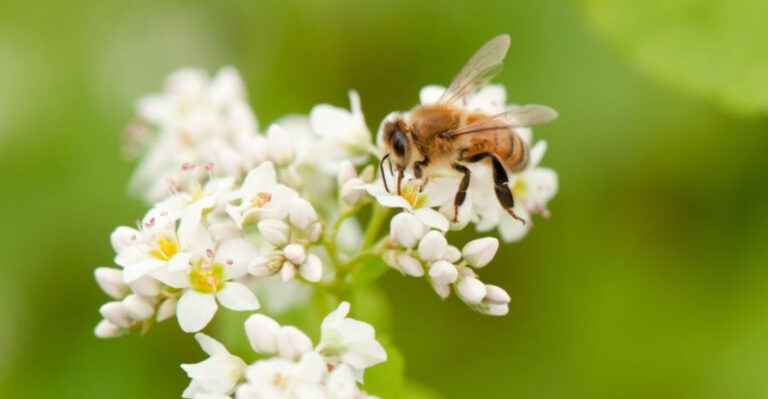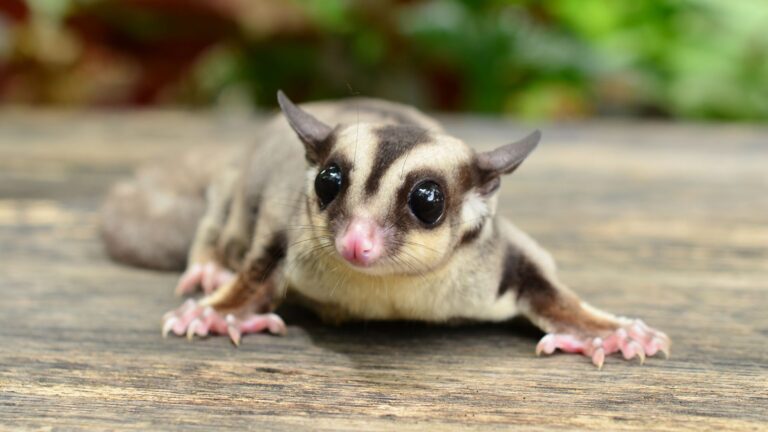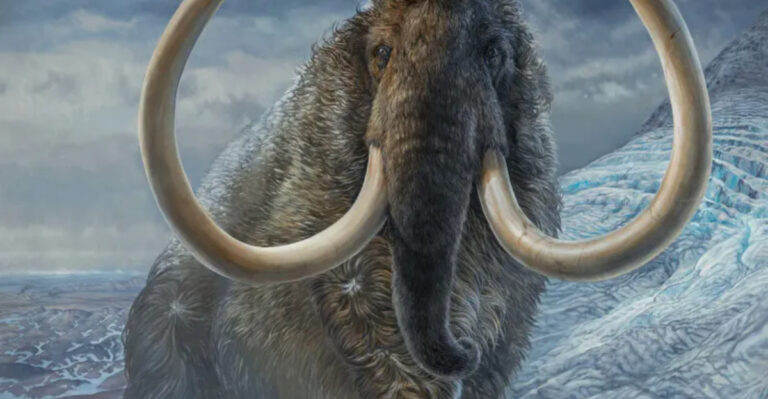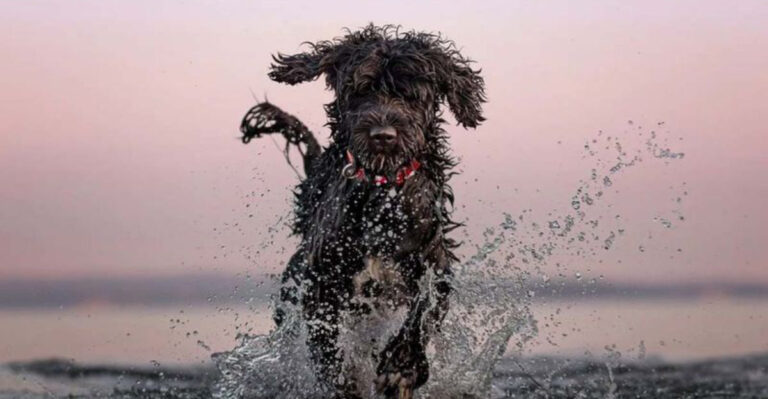9 Birds Every Birder Should Know And 5 You’re Probably Misidentifying
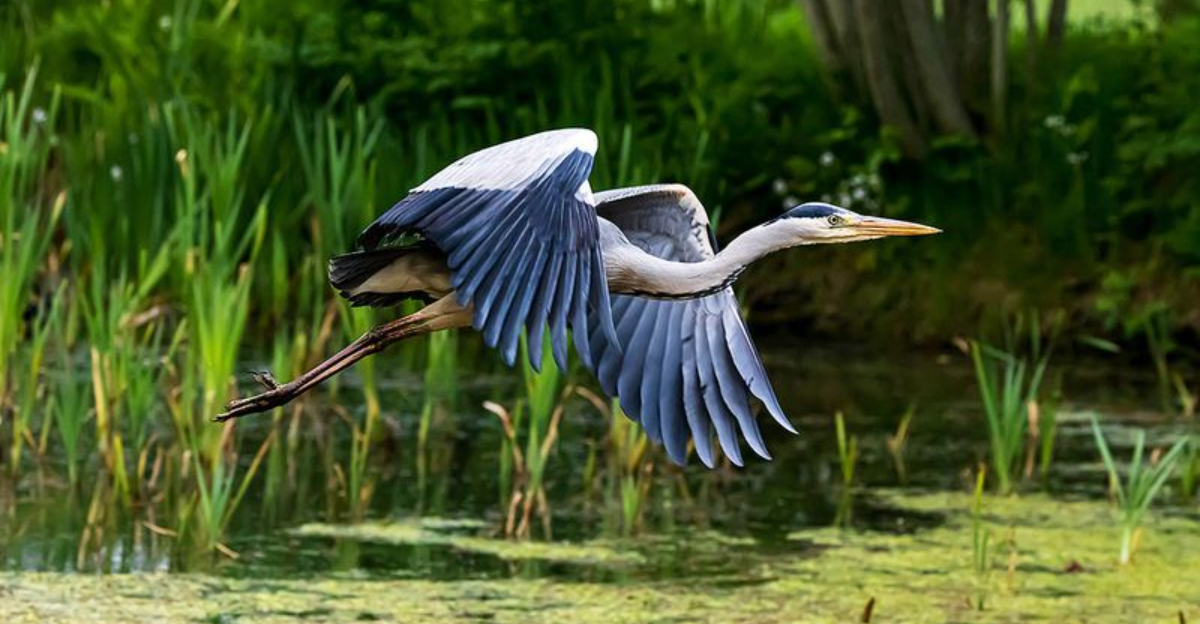
Binoculars ready? The world of bird watching is filled with wonder, challenges, and occasional mistaken identities.
Whether you’re scanning treetops in your backyard or hiking remote trails, knowing which feathered friends are which can transform your experience. Some birds are essential knowledge for any birder, while others trick even the most seasoned watchers with their similar markings or behaviors.
1. The American Robin – Your Backyard’s Red-Breasted Friend

That orange-red bellied bird hopping across your lawn isn’t just hunting for worms—it’s giving you a perfect introduction to birding. American Robins are year-round residents in most of North America.
Their cheerful morning songs announce spring’s arrival, making them nature’s alarm clocks. These thrushes are remarkably adaptable, equally at home in forests, suburbs, or city parks.
2. Red-tailed Hawk – The Highway Hunter
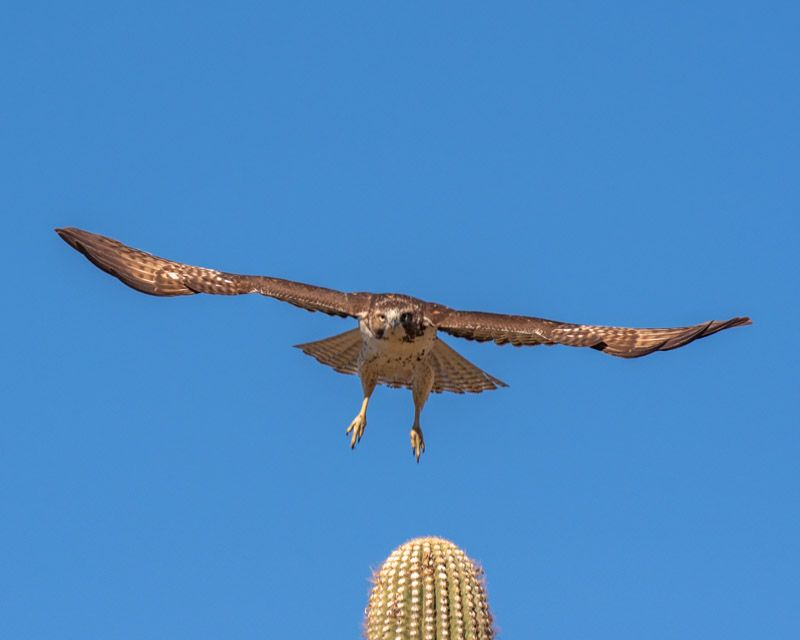
Look up during your next road trip! Those large birds perched on telephone poles scanning the landscape are likely Red-tailed Hawks. Their distinctive rusty-red tail fans out when they soar overhead.
Masters of adaptation, these raptors thrive in nearly every habitat across North America. Their piercing, raspy scream is what Hollywood typically uses as the generic “eagle sound” in movies.
3. Northern Cardinal – The Crimson Classic

Flash of red against winter snow signals one of America’s most beloved birds. Male Northern Cardinals sport brilliant crimson plumage that brightens the dreariest day, while females show subtle olive-brown with reddish accents.
Cardinals don’t migrate, bringing year-round color to eastern gardens. Their distinctive crest and cheery “what-cheer, what-cheer” calls make them easy to spot and love, even for beginning birders.
4. Blue Jay – The Noisy Neighborhood Watch

Sporting a jaunty crest and brilliant blue plumage, Blue Jays announce their presence with raucous calls that alert the entire neighborhood to potential dangers. These intelligent birds can mimic hawks to scare away competitors.
Part of the crow family, they show remarkable problem-solving abilities and cache thousands of acorns each fall. Despite their bossy reputation at feeders, they play crucial roles in forest regeneration by planting forgotten seeds.
5. Great Blue Heron – The Statuesque Fisherman
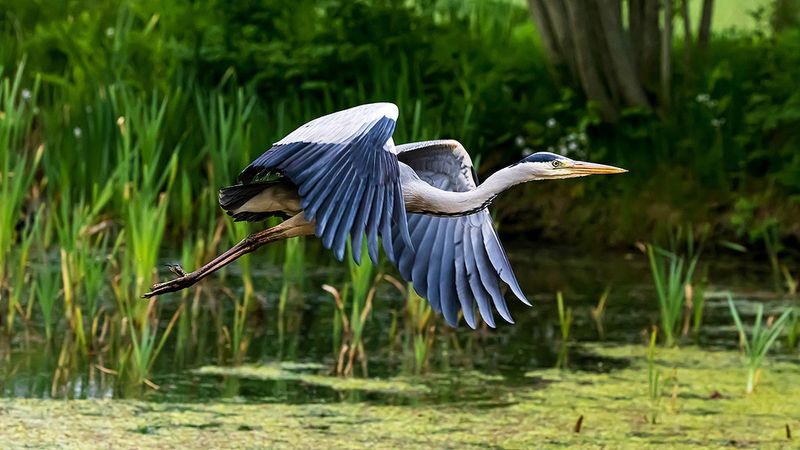
Frozen like a prehistoric sculpture at water’s edge, the Great Blue Heron exemplifies patience. Standing four feet tall with slate-blue plumage and S-curved neck, these birds strike with lightning speed when fish swim near.
Found near virtually any water body across North America, they build massive stick nests in treetop colonies called rookeries. Despite their size, they fly with slow, graceful wingbeats, neck folded in an elegant S-shape.
6. Black-capped Chickadee – The Winter Charmer
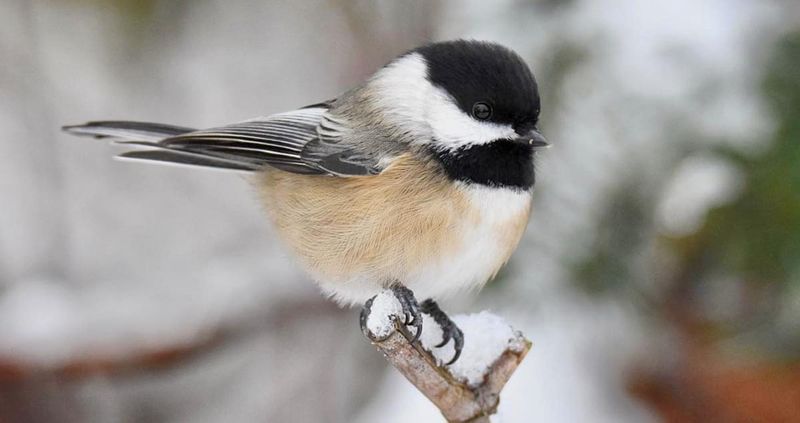
Hardy little acrobats with black caps and bibs, chickadees bring cheer to winter bird feeding stations across northern states. Their namesake “chick-a-dee-dee-dee” call varies in intensity—more “dees” indicate greater danger nearby.
These tiny survivors can lower their body temperature to conserve energy during frigid nights. Remarkably friendly, they sometimes eat from outstretched hands and remember reliable food sources for months, showing surprising intelligence for their tiny size.
7. Red-winged Blackbird – The Marsh Maestro

Spring hasn’t truly arrived until male Red-winged Blackbirds perch on cattails, flashing brilliant scarlet shoulder patches while belting out their distinctive “conk-la-ree” songs. These territorial displays transform wetlands into avian concert halls.
Females look entirely different—streaky brown like large sparrows—a classic example of sexual dimorphism. Gathering in massive flocks during winter, they create spectacular murmurations that swirl across evening skies before roosting together for safety.
8. Mourning Dove – The Gentle Cooing Companion
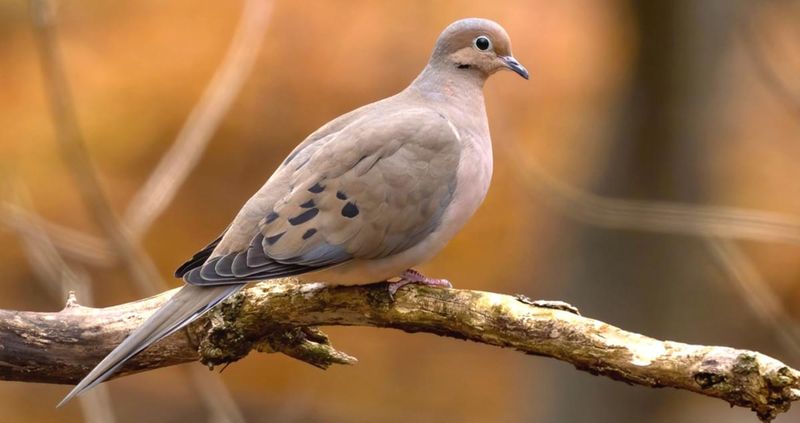
Soft, mournful cooing provides the soundtrack to summer mornings across America. Mourning Doves, with their delicate tan coloring and black spots, bring peaceful presence to backyards and parks.
When startled, their wings make a distinctive whistling sound during takeoff. These prolific nesters can raise up to six broods annually, though their simple twig nests seem barely adequate for the task. Their gentle demeanor belies impressive flight speeds—they can cruise at 55 mph!
9. Barn Swallow – The Aerial Acrobat
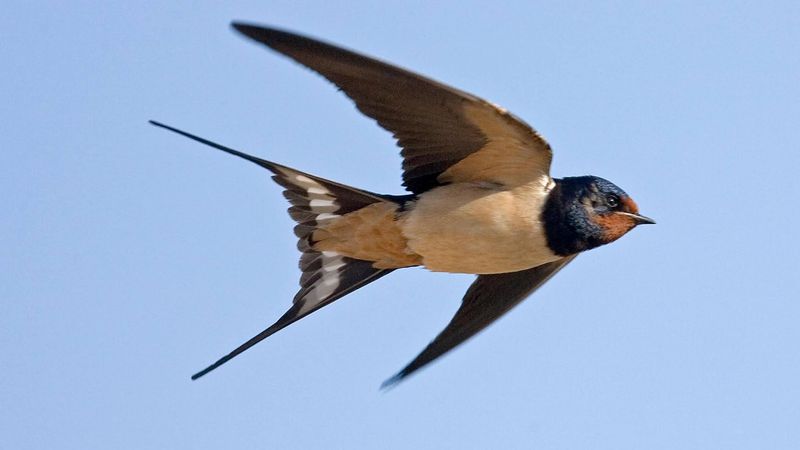
Zipping through summer skies with incredible agility, Barn Swallows snatch insects mid-flight with surgical precision. Their deeply forked tails and glossy blue-black backs flash in sunlight as they perform aerial ballets.
Architects of mud cup nests plastered under eaves and bridges, they’ve followed human settlements for centuries. Farm families once considered them good luck. Their constant chatter and graceful flight patterns add dynamic energy to rural landscapes throughout warm months.
10. Cooper’s Hawk vs. Sharp-shinned Hawk – The Backyard Confusion
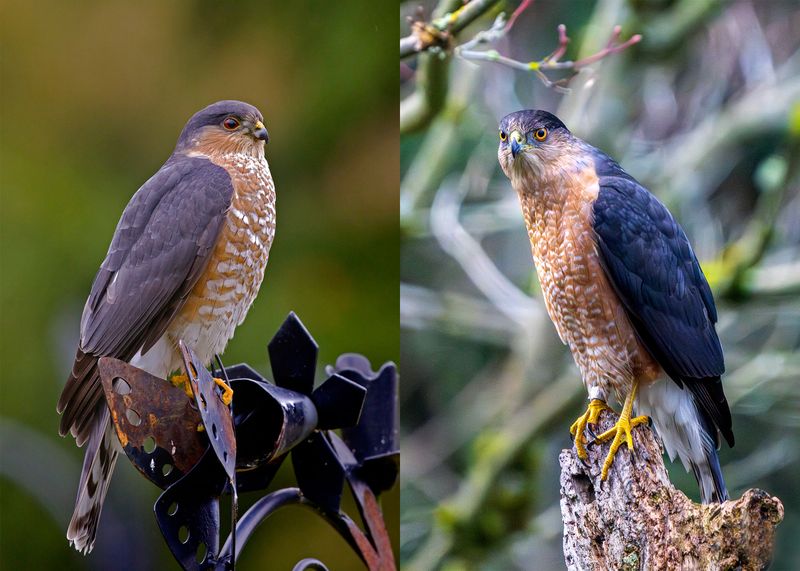
Blamed for missing feeder birds, these look-alike hawks cause identification headaches even for experienced birders. Cooper’s Hawks are crow-sized with rounded tails and more prominent head caps, while Sharp-shinned Hawks are smaller with squarer tails.
Both specialize in hunting other birds through forest obstacle courses at high speed. Watch tail shape when they fly—Cooper’s has a rounded end, Sharp-shinned’s appears straight across. Size comparison helps too, though female sharpies overlap with male Cooper’s.
11. Downy vs. Hairy Woodpecker – The Size Deception
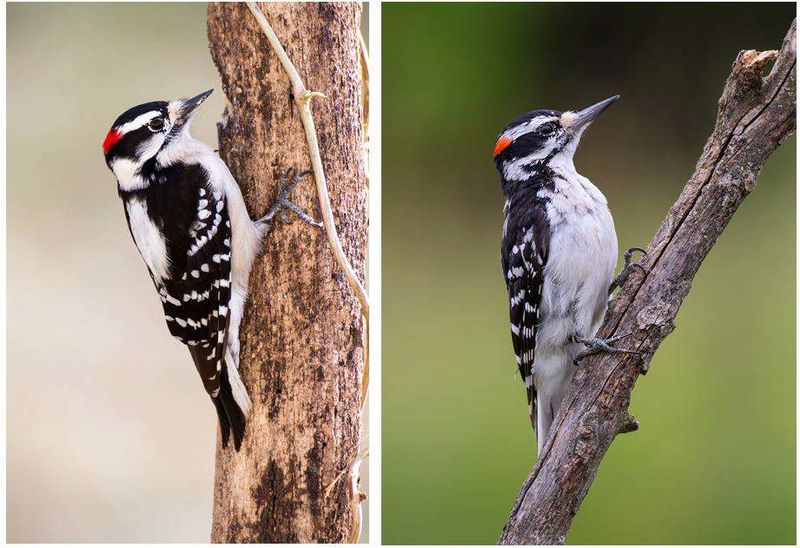
Identical in pattern but different in scale, these woodpecker doppelgängers confuse countless birders. Both sport black-and-white checkerboard backs, white bellies, and males have red nape patches.
The secret lies in proportions—Hairy Woodpeckers have longer bills nearly equal to their head width, while Downy bills are stubby and short. Listen for differences too: Hairy Woodpeckers have a sharp, piercing call, while Downies make a softer, descending whinny sound.
12. House Finch vs. Purple Finch – The Raspberry Riddle

Those reddish finches at your feeder might not be what you think! House Finches show streaky brown coloration with red restricted mostly to forehead and breast. Their raspberry hue comes from carotenoids in their diet.
Purple Finches appear as if they were dipped in raspberry juice—more uniform in color with less streaking. Female Purple Finches sport a distinctive white eyebrow stripe absent in female House Finches. Location helps too—House Finches dominate urban areas.
13. Empidonax Flycatchers – The Impossible Lookalikes
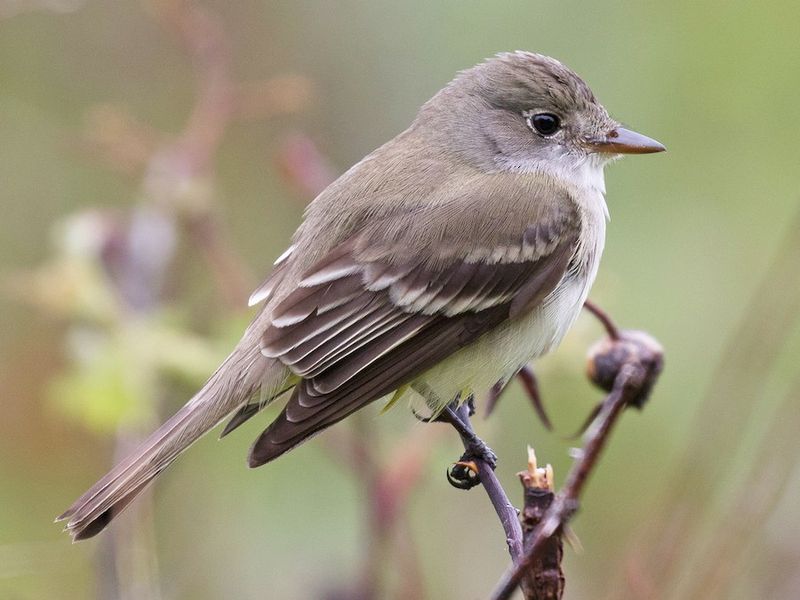
Few challenges frustrate birders like identifying the nearly identical Empidonax flycatchers. These small, olive-gray birds with eye rings and wing bars look so similar that experts often rely on habitat, range, and vocalizations rather than appearance.
Least, Willow, Alder, and Acadian Flycatchers require detective-level observation skills. Their distinctive calls provide the best clues—”fee-bee-o” for Acadian versus “fitz-bew” for Willow. When silent, location becomes your best identification tool.
14. Fall Warblers – The Autumn Identity Crisis

Spectacular in spring breeding plumage, many warblers transform into confusing olive-green puzzles by fall migration. Gone are the brilliant yellows, blues, and blacks that made identification straightforward.
Blackpoll and Bay-breasted Warblers become nearly identical “confusing fall warblers.” Focus on subtle clues like leg color (black for Blackpoll, pink for Bay-breasted) and undertail covert color. Patient observation of behavior patterns can also provide helpful identification hints.

